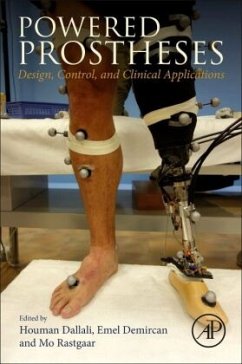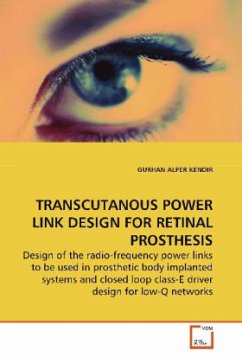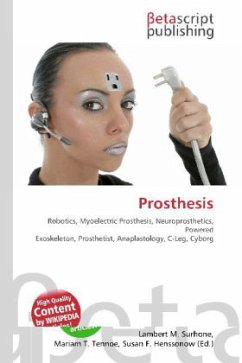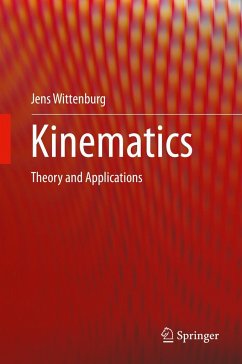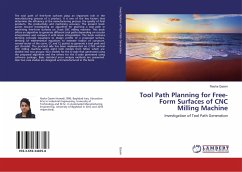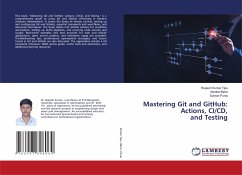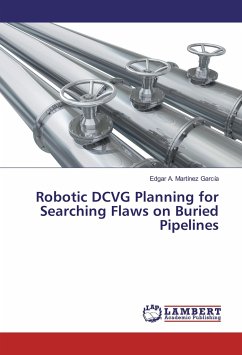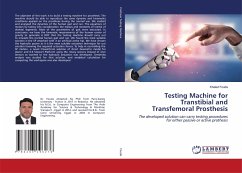
Testing Machine for Transtibial and Transfemoral Prosthesis
The developed solution can carry testing procedures for either passive or active prothesis
Versandkostenfrei!
Versandfertig in 6-10 Tagen
47,99 €
inkl. MwSt.

PAYBACK Punkte
24 °P sammeln!
The objective of this work is to build a testing machine for prosthesis. The machine should be able to reproduce the same dynamic and kinematics conditions applied on the prosthesis during the normal use. We studied and analyzed the dynamics of the human gait and run. The equations of motion by taking into consideration the masses and moments of inertia of skeletal segments. Most of the parameters of gait were extracted. In conclusion, we have the kinematic requirements of the human center of gravity to generate 6 DOF that the testing machine should carry out to emulate the normal human gait a...
The objective of this work is to build a testing machine for prosthesis. The machine should be able to reproduce the same dynamic and kinematics conditions applied on the prosthesis during the normal use. We studied and analyzed the dynamics of the human gait and run. The equations of motion by taking into consideration the masses and moments of inertia of skeletal segments. Most of the parameters of gait were extracted. In conclusion, we have the kinematic requirements of the human center of gravity to generate 6 DOF that the testing machine should carry out to emulate the normal human gait and run. We found the most suitable solution is the SP attached with it an artificial active hip. We have chosen the hydraulic power as it is the most suitable actuation technique for our solution knowing the required actuation forces. To help in controlling the SP motion, a novel Closed-form solution of direct Geometric model for planer and 6-6 Stewart Platform using the rotary sensors instead of liner sensors as wanted to the hydraulic actuators was developed. Sensitivity analysis was studied for that solution, and analytical calculation for computing the workspace was also developed.



